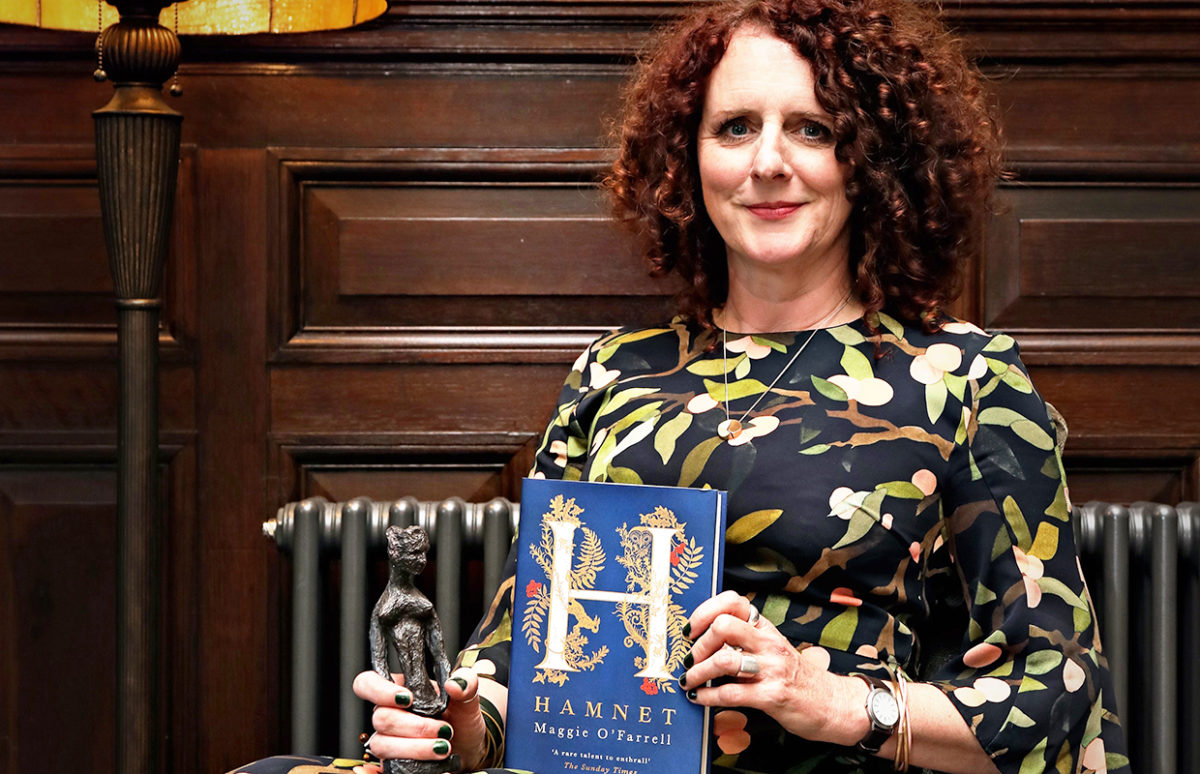O’Farrell had been fascinated by young Hamnet since her school English teacher mentioned his name when she was studying Hamlet. She became convinced that the play, all about fathers and sons, was influenced by the death of Hamnet at the age of 11 in 1596, four years before Shakespeare wrote his masterpiece.
The two things known about Hamnet are his birth in 1585 and his death. O’Farrell imagines it being of plague, a common occurrence in 16th century England. In fact she imagines that Judith is the first infected and Hamnet takes his twin's place in the sick bed.
She brings the boy’s short span on earth to life, and writes a heart-rending account of his death. She portrays the grief of his mother, and imagines how the man who is only referred to as “the father”, “her husband”, or “the Latin tutor” poured his grief into a tragic play about fathers and sons.
As she researched the novel, O'Farrell became even more interested in Anne Hathaway, Shakespeare’s wife, much maligned by Shakespeare scholars.
It is often said that we know very little about Shakespeare the man. In fact, as Bill Bryson says in his eminently readable biography, there is actually a reasonable paper trail documenting the Bard’s life, certainly more than you would expect for a glover’s son from Stratford in 16th century England.
Hathaway, as a woman, left even less of an impression on history. The main facts usually quoted are that she was ten years his senior, and pregnant when they married. They had three children, Susanna and twins Hamnet and Judith. In his will, he left Anne his “second best bed”. The assumption often drawn is that she forced him into a shotgun wedding that risked ruining his literary prospects. Shakespeare spent most of their married life in London, mainly returning during periods when the plague closed the theatres in London.

O’Farrell came across Hathaway’s father’s will from a year before her marriage, leaving a generous dowry to “my daughter Agnes”. Was she even being called by the correct name? O'Farrell wondered.
So she decided to pay tribute to Anne/Agnes by imagining her as a fully fledged character, giving her some skills which appear frequently in Shakespeare's plays. She depicted Anne as a wise woman skilled with medicinal herbs and hunting with kestrels. And yet unable to to save her son from a devastating disease.
You can read an excerpt of Hamnet on the publisher's site.
Copyright(s) :
Women's Prize
© ajay/Adobe Stock
> Two Books for the Booker
> Table-top Shakespeare Free Streaming
> Women’s Prize Book News
> 2021 Women’s Prize for Fiction Winner





